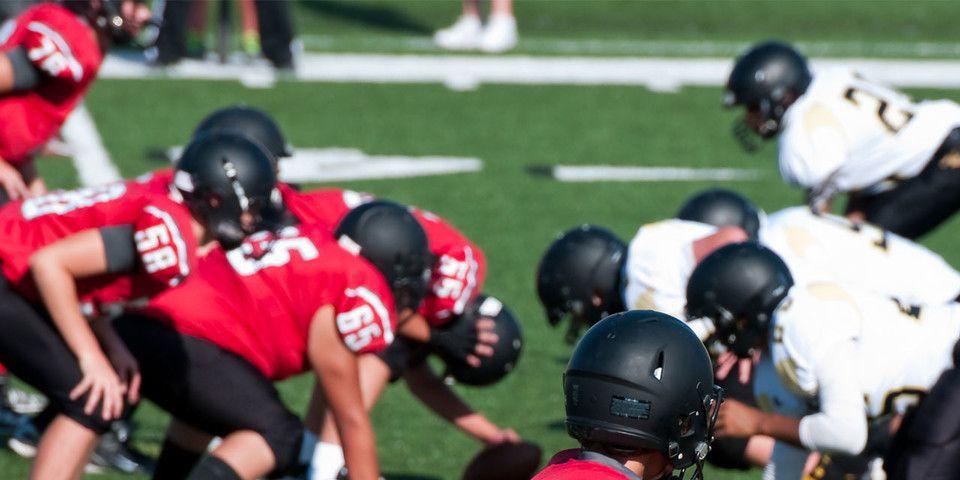Five Winter Sports Injury Prevention Tips
Over 246,000 patients were treated for winter sports injuries in 2015 alone. Practicing extra caution and using these safety tips can help you to stay safe while having fun this winter.
If you’re a committed winter sports enthusiast, we know that you’ve probably been waiting anxiously for months to see the conditions outside finally reach perfection. You’ve watched the temperature on the thermometer drop; watched the lakes and ponds slowly start to freeze; and waited patiently (or impatiently) for that perfect winter storm of perfectly powdery snow.
Now that we’ve finally reached the heart of the winter season, all that waiting is about to pay off. But before you grab your skis or snowboard and head for the slopes, it’s important to assess whether you’re adequately prepared.
Do you have the skills, gear, and knowledge necessary for winter sports injury prevention?
When the conditions are just right, it’s tempting to jump right into winter thrill-seeking sports without sufficient preparation--but, unfortunately, that’s exactly when accidents tend to occur. Every year, we at Rothman Orthopaedics treat numerous patients who have sustained serious injuries while participating in winter sports. We are well acquainted with the common causes and types of sports injuries--and, likewise, with the winter sports injury prevention measures that athletes can take to help stay safe.
Winter Sports Injuries: The Statistics
If you need reason to take winter sports injury prevention seriously, consider these sobering winter sports injury statistics.
-
In 2015, over 246,000 patients were treated for injuries caused by winter sports accidents.
-
In that same year, skiing alone was responsible for 88,000 injuries.
-
Snowboarding was responsible for 61,000 injuries.
-
50,000 injuries resulted from ice skating accidents.
-
Sledding, tobogganing, and snow tubing were the cause of 47,000 injuries.
The stiff, rigid, upright posturing of skiing makes it unsurprising that this activity is by far the most dangerous winter sport. Skiing injuries frequently affect the limbs, causing breaks, tears, bruises, or fractures in the arms, legs, and shoulders. Head injuries are similarly common in skiing--and the other above mentioned winter activities.
Each of these winter sports pose serious risks and their own set of potential injuries and should be approached with well-informed caution.
So what can you do to stay optimally safe during these activities? Continue reading for practical winter sports injury prevention information.
Winter Sports Injury Prevention Tips
While there is no way to completely eliminate the risks associated with winter sports, there are precautions you can take to minimize the risk of injury. Here are five practical winter sports injury prevention tips that can help you to stay safe while having fun.
-
Always Inspect Your Equipment
Before beginning activity, check your gear--everything from goggles to bindings. Small defects or malfunctions in equipment can cause major accidents. -
Warm Up
When your muscles and ligaments are cold, they are tighter and more prone to injury. Warming up prior to activity can help reduce susceptibility to tears, strains, and other injuries. -
Always Wear A Helmet
Winter sports pose a particularly considerable risk of concussions and head injuries. Always wear a helmet to minimize the risk. -
...And Don’t Just Stop At A Helmet!
Whether you’re skiing or playing ice hockey--or just about any other winter sport--it is always critical to wear all appropriate safety gear; that may include padding, goggles, fitted boots, etc. -
Fall Properly
When balance is lost during a downhill sport (like snowboarding or skiing), falling properly can help minimize injury. Generally, it’s advisable to fall to the side and not to brace yourself with your arms (this can cause fractures); however, the top priority is always protecting the head.
Taking extra caution and using these winter sports injury prevention tips can help to reduce the risk of serious injuries during your winter activities. However, no amount of precautions can entirely prevent all accidents from happening. If you or a loved one is injured this winter, the experts at Rothman Orthopaedics can offer you the best, most effective treatments available. To speak with a specialist or schedule an examination, visit us here or contact us at 1-800-321-9999
Related Specialties
Related Programs
-

Injury Prevention Program
The Injury Prevention Program at the Rothman Orthopaedic Institute is dedicated to the prevention of injuries from athletic participation, particularly youth sports.Read More




